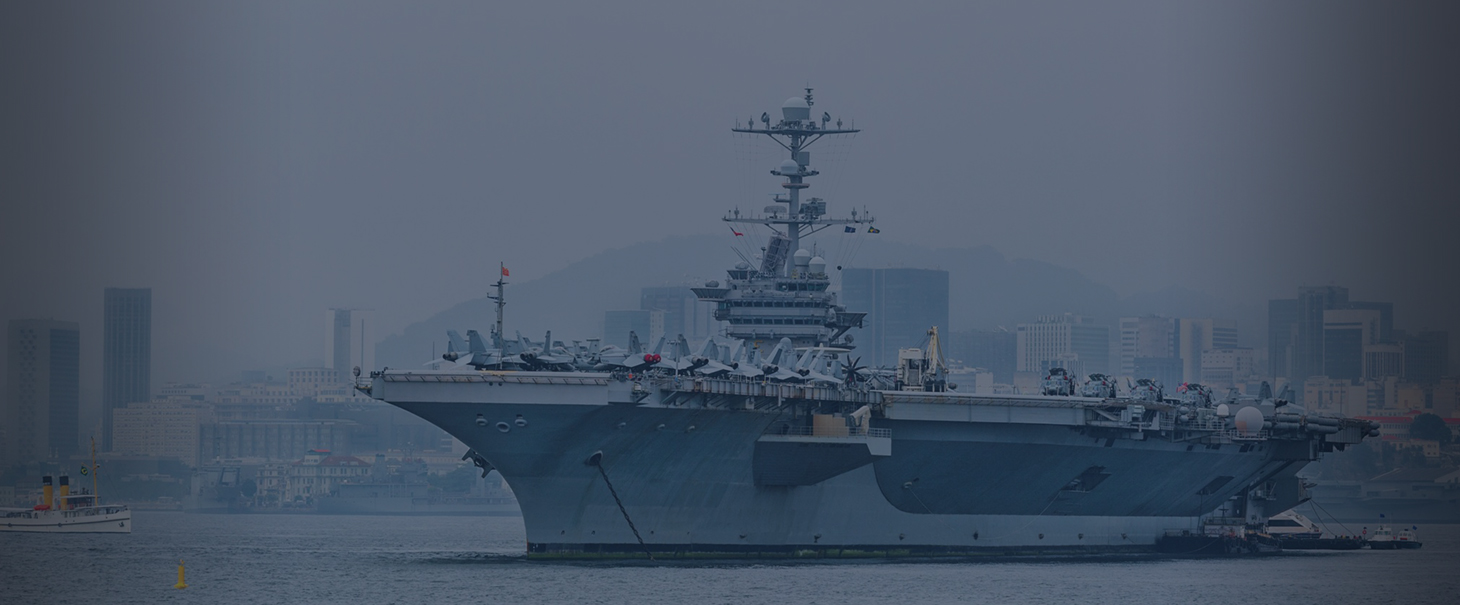Within hours of the 9/11 attacks, I joined my fellow Sailors hunkered down at Pacific Fleet Headquarters in Pearl Harbor where we helped coordinate the defense of Hawaii and the West Coast. As dozens of ships left port to guard major cities, the irony of responding to the deadliest terror attack on U.S. soil from Pearl Harbor wasn’t lost on anyone. Though the Pacific was spared in 2001, four former shipmates were killed at the Pentagon and World Trade Center. And for my next three years in Hawaii, reminders of Dec. 7th, 1941 took on added significance. Our staff somberly participated in the 60th-anniversary commemoration at the USS Arizona Memorial. Meanwhile, elderly relatives of my Hawaii-born and raised grandmother Hinoi, often recounted their stories of that fateful day. While Al Qaeda and the Empire of Japan killed thousands of Americans in each attack, those devastating blows didn’t entirely appear out of the blue. Our military and intelligence leaders knew hostile powers had a motive and a means to strike, yet were still caught off guard. Despite painful lessons learned, Hawaii remains vulnerable to a Pearl Harbor II. That’s because North Korea’s hostile regime led by the notoriously unstable Kim Jong Un has exploded nuclear devices and launched ballistic missiles, the latter including from a submarine. And yet incredibly, protecting Hawaii from missile attack relies on ground-based interceptors in Alaska and California – each thousands of miles away. Though Pearl Harbor is home to Aegis ships armed with SM-3 interceptors which can shoot down incoming warheads, to reliably protect the islands, we’d need to get lucky with one off the coast and ready to launch. Which evokes memories of that Sunday morning in 1941. Despite warning signs from Japan’s fanatical regime, most Pacific Fleet ships were tied up in port – and basically defenseless. We must never repeat that mistake. Now I’m not suggesting a Navy ship take station off Hawaii 365 days a year, 24×7. A better solution is far more cost effective and efficient. Hawaii is already home to the world’s premier test facility for ballistic missile defense. The Missile Defense Agency, U.S. Pacific Command and Pacific Fleet have conducted dozens of successful missile intercepts from the Pacific Missile Range Facility (PMRF) at Barking Sands, Kauai. I recall early tests during my Pacific Fleet days, including a visit to PMRF. The remote Navy base notably hosts an “experimental” Aegis Ashore facility, which served as a missile defense prototype for the American facility which just opened in Romania and another nearing completion in Poland. The Romania site is currently “operational” — meaning equipped and staffed with manned radars and live SM-3’s ready for launch. While it’s terrific that our sites in Europe can successfully counter Russian and Iranian potential threats, some might argue that our NATO allies are now better protected from ballistic missiles than Hawaii. To prepare Romania and Poland sites, in December 2015, PMRF tested the first ever successful launch of an Aegis Ashore missile, shooting down a target high over the ocean launched by an Air Force C-17 which simulated a ballistic missile. The good news is that the Aegis Ashore facility in Hawaii can be upgraded from experimental to operational for about $41 million. Arguably a modest investment compared to overall DoD budgets and potential costs of a North Korean strike. Yet the bad news is that the Missile Defense Agency is going in a different direction. It’s pursuing an experimental concept, the Homeland Discrimination Radar – Hawaii (HDR-HI) which is far more expensive than upgrading Aegis Ashore and could take years to finish. While shiny new systems can be appealing, why spend countless millions, or a billion, on things that might work someday when we have the proven ability today? Fortunately, military and Congressional leaders in Hawaii have been paying close attention. One former shipmate, Admiral Harry Harris, now the commander of Hawaii-based U.S. Pacific Command has engaged in “high- level discussions” about the best ways to protect Hawaii against North Korea. Meanwhile, Representatives Mark Takai (D-HI) and Tulsi Gabbard (D-HI) made their case within Congress and across the Potomac at the Pentagon. Just months before tragically passing away from cancer last year, Takai wisely urged DoD to be “more proactive” in protecting Hawaii. The late Congressman was 100% right. PMRF Aegis Ashore should be operationalized immediately. Given North Korea’s increasing capabilities and apparent willingness to launch “Pearl Harbor II”, doing otherwise doesn’t pass the common-sense test. Read the original, from American Military News, here.


 J.D. Gordon
J.D. Gordon